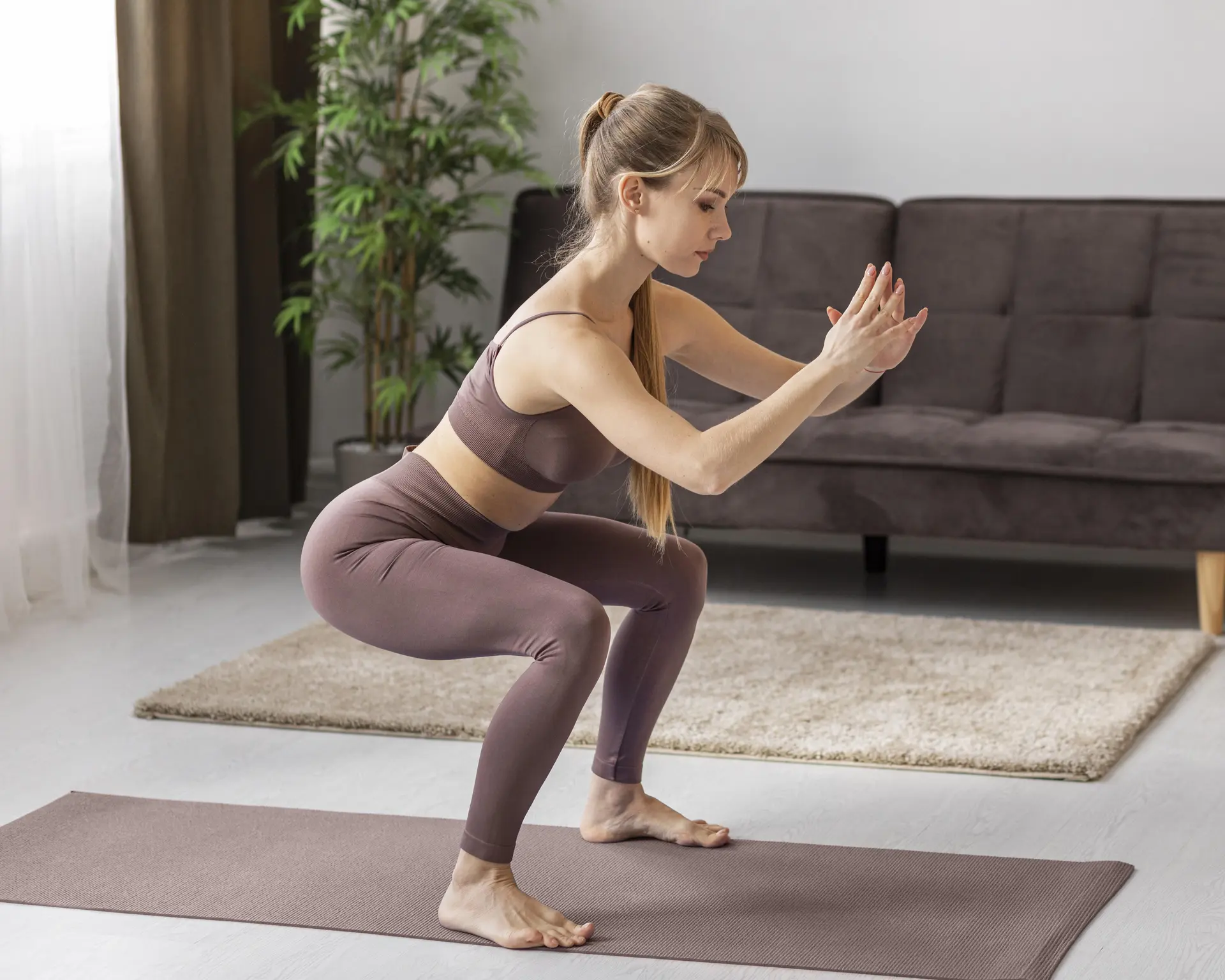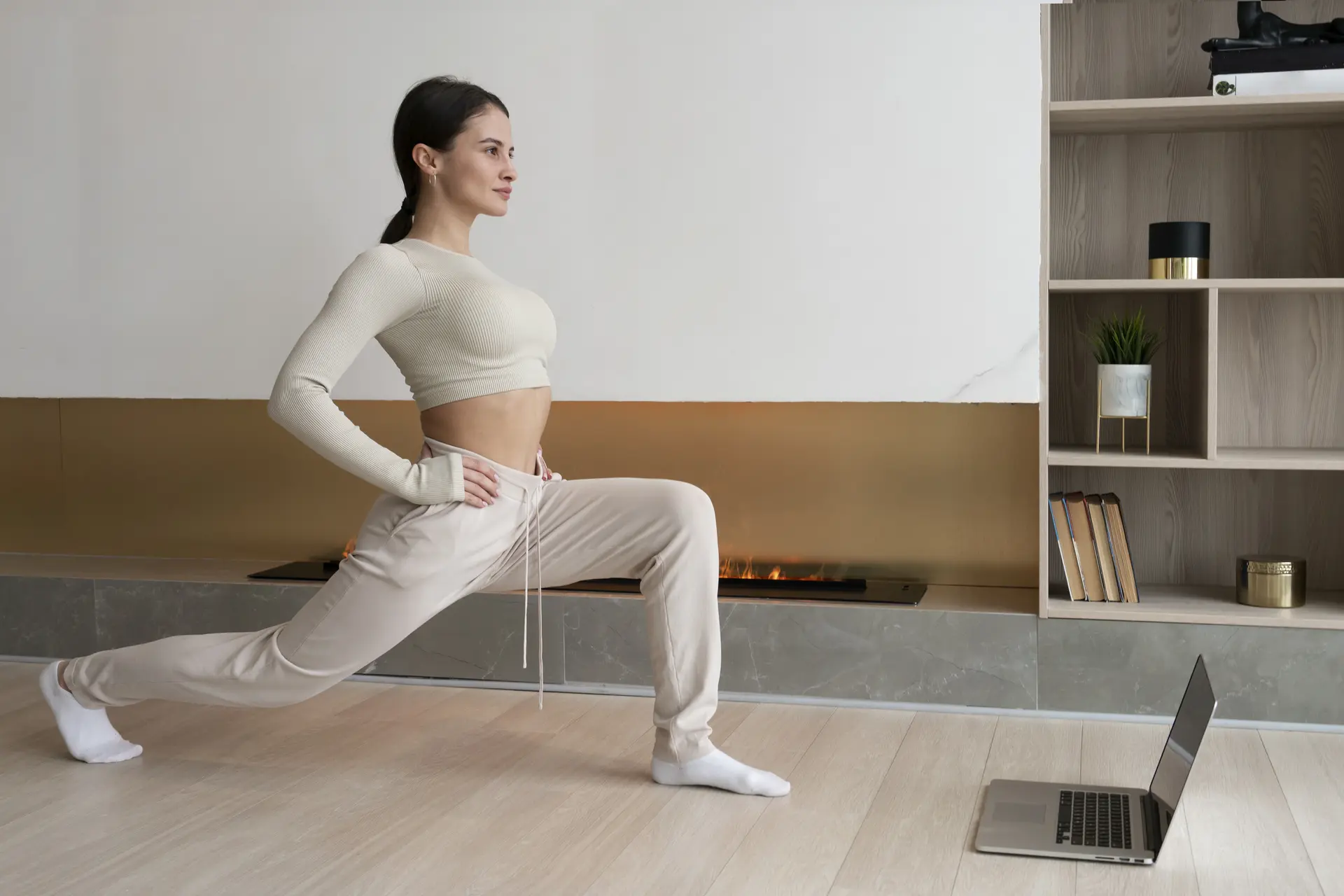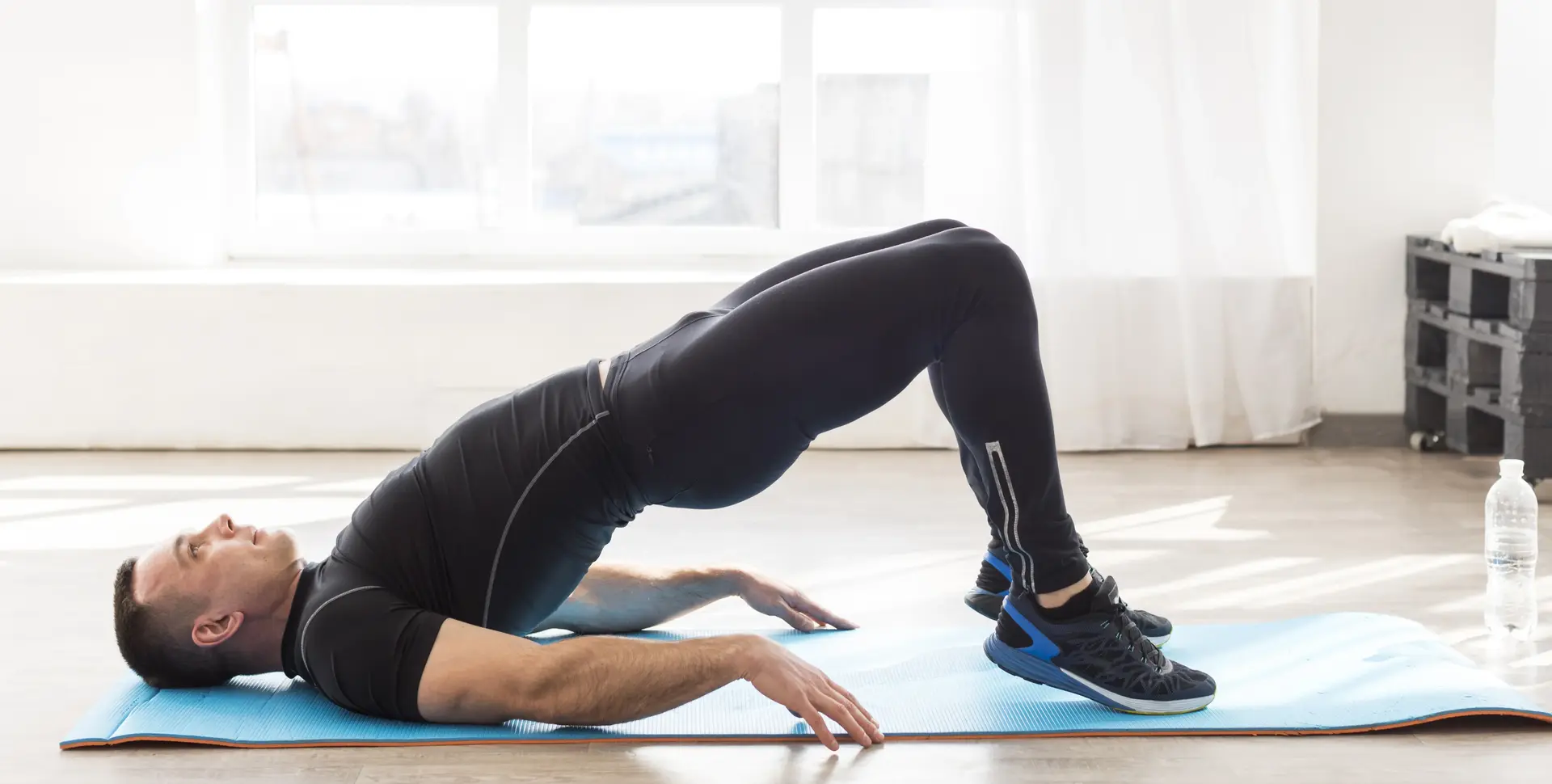The Importance of Glute Strength for Low Back Stability
When we think about core strength, we often focus on the abdominals. People often forget that there’s another powerhouse muscle group that plays a crucial role in supporting your spine and maintaining a healthy low back: your glutes. Those large muscles—specifically the gluteus maximus, gluteus medius, and gluteus minimus—are responsible for much more than giving your backside its shape and helping hold up your pants. They are essential for stabilizing your pelvis, supporting your spine, and helping you maintain proper posture. If you neglect your glute muscles, it can lead to poor posture, lower back pain, injuries, or even surgery!
That’s why we say, “Lose your meat, lose your seat.” Simply put, if you neglect the “meat” of your glutes, you’ll lose the stability they provide to your lower back (and you’ll feel it in your seat!). Read on to find out why glute strength is crucial for low back health. We’ll also share some simple exercises to help you build and maintain those important muscles.
Why Glutes Matter for Low Back Stability
The glutes act as stabilizers for your pelvis and spine. When they are weak, other muscles in the body—including the lower back muscles—must compensate, which can lead to strain and discomfort. The glutes also help with movements like standing up from a seated position, climbing stairs, walking, and bending. Without strong glutes, you’re more likely to experience pain, discomfort, and potential injuries.
In fact, weak glutes are often a culprit in common lower back problems. Without enough strength in the glute muscles, the lower back muscles can become overworked and overstressed, leading to issues like muscle imbalances, subluxation (spinal misalignment), and even herniated discs. The glutes work to support proper posture and balance, so when they’re weak, the whole body suffers.
Glute Strengthening Exercises to Try
You don’t need fancy equipment or a gym membership to strengthen your glutes. Here are some simple and effective bodyweight exercises that will help you build and maintain strong glutes to protect your low back (and fill out those jeans!):
Bodyweight Squats
Squats are one of the best exercises for targeting the glutes, quads, and hamstrings. They also engage the core and help with overall stability.
How to do it:
- Stand with your feet shoulder-width apart.
- Keep your chest up and your back straight.
- Lower your body by bending at the knees and hips, keeping your knees in line with your toes.
- Go as low as you can while maintaining proper form, ideally until your thighs are parallel to the ground.
- Press through your heels to return to the starting position.
- Repeat for 3 sets of 10-15 repetitions. If you’re feeling unstable, hold on to the back of a chair for support.

Lunges
Lunges are excellent for strengthening your glutes and legs while improving balance and stability.
How to do it:
- Start by standing with your feet hip-width apart.
- Step one foot forward and lower your body until both knees are bent at 90-degree angles.
- The back knee should hover just above the floor.
- Push through the front heel to return to standing.
- Alternate legs for 3 sets of 10-12 repetitions per leg. Again, use a chair or table edge for extra stability.

Glute Bridges
Glute bridges specifically target the gluteus maximus and help activate your glutes for low back support.
How to do it:
- Lie on your back with your knees bent and feet flat on the floor, hip-width apart.
- Press through your heels and lift your hips toward the ceiling, squeezing your glutes at the top.
- Hold for a second and slowly lower your hips back to the ground.
Repeat for 3 sets of 10-15 repetitions.

Additional Tips for Glute Health
- Engage your glutes: Whenever you’re standing or walking, consciously squeeze your glutes for added activation. This simple practice can help improve glute strength over time.
- Mind your posture: Sitting for long periods can cause your glutes to “turn off” and weaken. Take breaks to stand up, walk around, and engage your glutes regularly.
- Be consistent: Building and maintaining strong glutes takes time, so be sure to incorporate these exercises into your routine at least 2-3 times per week.
Final Thoughts
If you’re dealing with low back pain or simply want to prevent it in the future, strengthening your glutes is one of the most effective steps you can take. Strong glutes provide essential support to the pelvis and spine, reduce the risk of injury, and improve overall posture and movement. So, take care of your “meat,” and your “seat” will thank you with a more stable and pain-free back!
If you’re experiencing persistent low back pain, consider scheduling an appointment with our office. Chiropractic care can help restore alignment and optimize your spinal health, in addition to providing you with personalized recommendations for strengthening exercises to get your butt back in the game!
Take charge of your glute health, and your back will follow!
In Health,
Dr. Jeremiah & Dr. Shane
If you have a health struggle that you have settled on living with, consider having your spine and nervous system checked to see if chiropractic care could be the answer you have been searching for.
Schedule your new patient appointment today and see what chiropractic can do for you!

